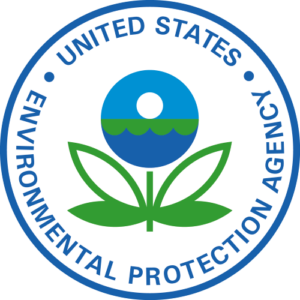
INGAA is confident that, subject to certain caveats and assuming that certain preconditions can be satisfied, the interstate natural gas pipeline industry can respond to demand for the natural gas pipeline capacity that may be necessary to enable compliance with the Clean Power Rule. These caveats and preconditions include the following:
1. While the interstate natural gas pipeline industry has a proven track record of building natural gas infrastructure in response to market demand, new pipeline capacity cannot be added overnight. On average, it takes three years to develop a new interstate pipeline. State implementation plans must allow sufficient time to (1) identify where incremental pipeline capacity will be needed, (2) ensure that a creditworthy entity has the ability to contract for long-term firm pipeline service (i.e., cost recovery), and (3) site, permit and construct the new facilities.
2. Interstate natural gas pipelines are developed competitively in response to market demand that manifests itself in the willingness of shippers to commit to long-term contracts for firm pipeline service. New pipeline capacity that may be needed in order for generators to comply with the Clean Power Plan will be developed only if creditworthy entities are willing and able to contract for firm pipeline service on a long-term basis.
3. While it is likely that pipeline capacity will be available in the secondary market to deliver the natural gas that will be needed to increase the utilization of NGCCs, INGAA cautions against relying solely on nationwide summary statistics and past performance to draw definitive conclusions about the availability of pipeline capacity.







